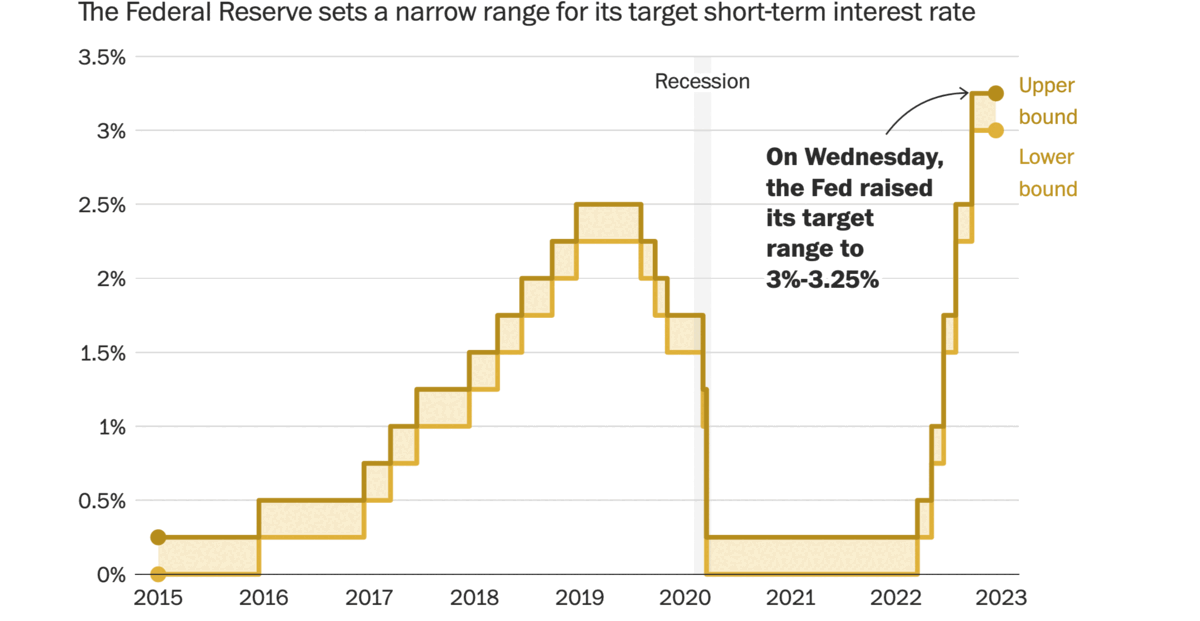With inflation at multi-decade highs in many countries and pressures broadening beyond food and energy prices, policymakers have pivoted toward tighter policy.
The monetary policy cycle is now increasingly synchronized around the world. Notably, the pace of tightening is accelerating in several countries, particularly in advanced economies, in terms of both frequency and magnitude of rate hikes. In addition, some central banks have begun to reduce the size of their balance sheets, moving further toward normalizing policy.
Economists at JPMorgan expect central bankers from Canada, Mexico, Chile, Colombia, Peru, the eurozone, Hungary, Israel, Poland, Romania, Australia, New Zealand, South Korea, India, Malaysia, and Thailand to raise rates in policy meetings scheduled through the end of October.
Most economists accept that inflation in any country isn’t solely due to forces within that country. Global demand also affects the prices of easily traded goods and services. This phenomenon has long been apparent with commodities such as oil; a boom in China drove up prices in 2008 even as the U.S. slid into recession. It has also been confirmed in recent years of manufactured goods, whose prices were boosted worldwide by disruptions to supply chains, such as at Asian ports, and elevated demand from government stimulus.

